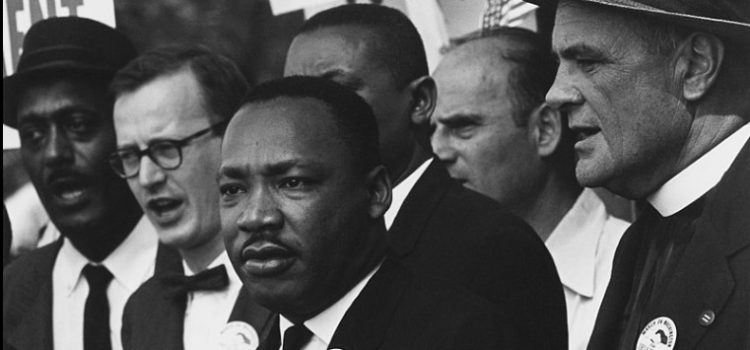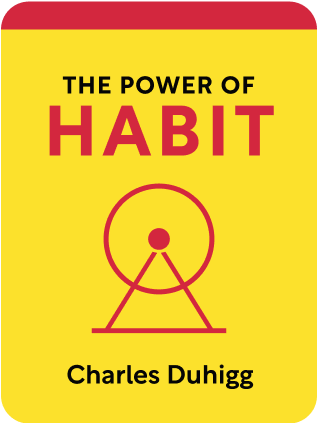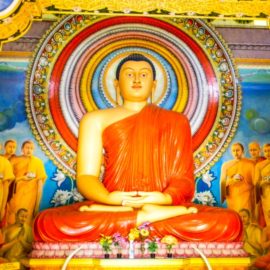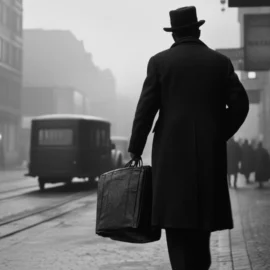

This article is an excerpt from the Shortform book guide to "The Power of Habit" by Charles Duhigg. Shortform has the world's best summaries and analyses of books you should be reading.
Like this article? Sign up for a free trial here .
Do you want to know how to start a movement? What do social habits have to do with social change?
Learning how to start a movement isn’t a linear process. A lot of it has to do with larger societal habits. The example below uses the Civil Rights Movement to help explain how people got involved.
Read more about how to start a movement below.
How to Start a Movement
Learning how to start a movement isn’t an exact science, but a lot of it has to do with our habits.
Successful social movements are said to have three parts:
1) the movement begins with the social habits of close friendship – someone is afflicted, and the people close to them immediately help
2) the movement grows from the habits of a community and the weak ties that combine loosely affiliated people. There is increasing social pressure to join to maintain your social status
3) the movement endures because the leaders give participants new habits, a new identity, and a feeling of ownership over the movement
We’ll unpack each of these parts and use the example of Rosa Parks and the Civil Rights Movement in 1950’s America.
1) Movements Start With a Victim
This is the first step in how to start a movement. Social movements often begin with a victim who suffered an injustice, like being injured or discriminated against. Immediately, the victim’s close friends band together to help, as the habits of friendship would dictate. (Cue: friend is in trouble; Routine: help the friend; Reward: happiness from helping friend). To have a broad social movement, it helps if the victim is well connected in the community.
How to Start a Movement Example: Civil Rights Movement
In 1955, Rosa Parks was ordered to give up her bus seat in the colored section for a white passenger. She refused. She was arrested. Actually, Rosa Parks wasn’t the first one to get arrested for sitting on a bus, even in the same city (Montgomery, Alabama) in the same year. But she became a symbol of the civil rights movement.
Part of the reason was timing – Brown v Board had just ruled that segregation was illegal in public schools. Part of the reason was Rosa’s pleasant demeanor and relative middle-aged normality – earlier in the year, a teenager Claudette Colvin was arrested for resisting bus segregation, but civil rights leaders were afraid of championing her given that she was a teenager pregnant by a married man.
The book argues that Rosa Parks was the catalyst for the movement because of her exceptionally well-connected placement in the local community. She actively participated in the NAACP, church, youth organizations, botanical club, and volunteer groups. So her arrest set off a series of powerful events:
- the head of the local NAACP (where she was secretary) was bailed her out and saw her example as the perfect opportunity to challenge segregation laws
- her friend, the president of a schoolteacher group, called for a boycott on Parks’s court appearance date. She spread flyers to all teachers in the organization, who then passed them on to parents
- people who knew Parks intimately from her many community involvements rallied to her cause
The social habits of close friendship kicked in to rally around Parks and the larger issue. When someone you care about is in trouble, you just act.
2) Movements Spread Through the Community by Social Habits
The next step in how to start a movement is to encourage it to grow. For the movement to grow, it now must expand beyond the immediate clique and involve a whole community, many of whom have only weak ties to the victim. Now, the habits of social pressure kick in.
A 1960s study found that weak ties (or friends of friends) were more instrumental in getting people jobs than close friends. The reason is that you likely belong to the same clique as your close friends, and thus access the same pool or opportunities. In contrast, the weak tie friends access social networks that you don’t belong to and find opportunities you would otherwise never hear of. But the tie is strong enough that the friend of a friend will still help you much more than she would a stranger.
This weak tie behavior seems like an automatic habit – if you get a request to help a friend of a friend, you likely don’t think explicitly, “well Mary is a friend of Jason’s, so if I help Mary, I’ll look better to Jason.” You just feel a compunction to help. (This behavior might have evolved biologically when close knit communities were more fit for survival.)
If you don’t help the friend of a friend, you risk losing your social status from the community. Jason will know he can no longer rely on you for help, and he’ll tell your mutual friends, and so forth. So peer pressure also forces us to action, when everyone else expects us to perform a certain way.
Civil Rights Movement
Parks’s advocates now mobilized their own local groups. Black ministers told their congregations that every black church in town was joining a one-day protest. Thousands of flyers were circulated that explained how it was expected that every black citizen would participate in the boycott.
By this point, every black person heard the message clearly – if you skip the boycott and ride a bus on Monday, you’re an embarrassment to the black community. Even people who didn’t know Parks personally, and possibly people who didn’t care much about the civil rights movement, felt a social obligation to participate in the boycott. This is another way to learn how to start a movement.
3) Start a Movement That Endures With New Habits
It’s common at this point for the movement to flag in energy. For the movement to endure, it now must train new habits and forge a new identity for its participants. If done successfully, people continue participating automatically as a habit – they have new identities as members of this movement, and they now define themselves as part of this movement. To act otherwise would be to counter the habit.
Civil Rights Movement
When Martin Luther King’s house was bombed, he strongly insisted to the riotous crowd to stay nonviolent. “We must make them know that we love them,” he cried. The crowd settled.This was a large departure from the more militant and combative rhetoric the movement had been using prior to his appearance. When future bombings happened, the same pattern repeated – the black community showed up in solidarity and disbanded without violence.
This behavior, along with other components of King’s philosophy, turned followers into self-directing leaders. The movement spread nationwide, and local nonviolent demonstrations against segregation happened frequently.

———End of Preview———
Like what you just read? Read the rest of the world's best book summary and analysis of Charles Duhigg's "The Power of Habit" at Shortform .
Here's what you'll find in our full The Power of Habit summary :
- The 3 steps to change your habits
- Why habits are at the root of success in football
- How social movements are just an expansion of habits from individuals to communities






